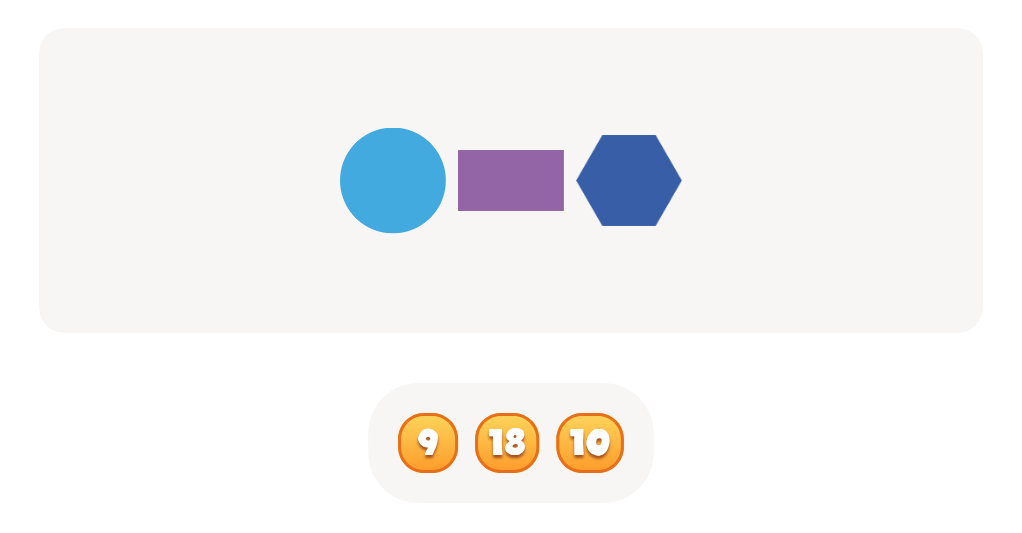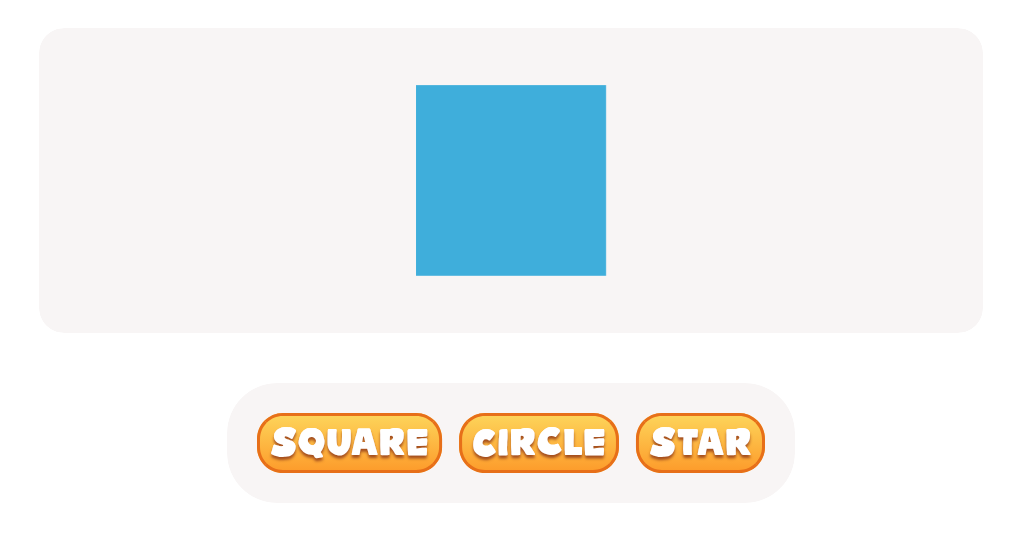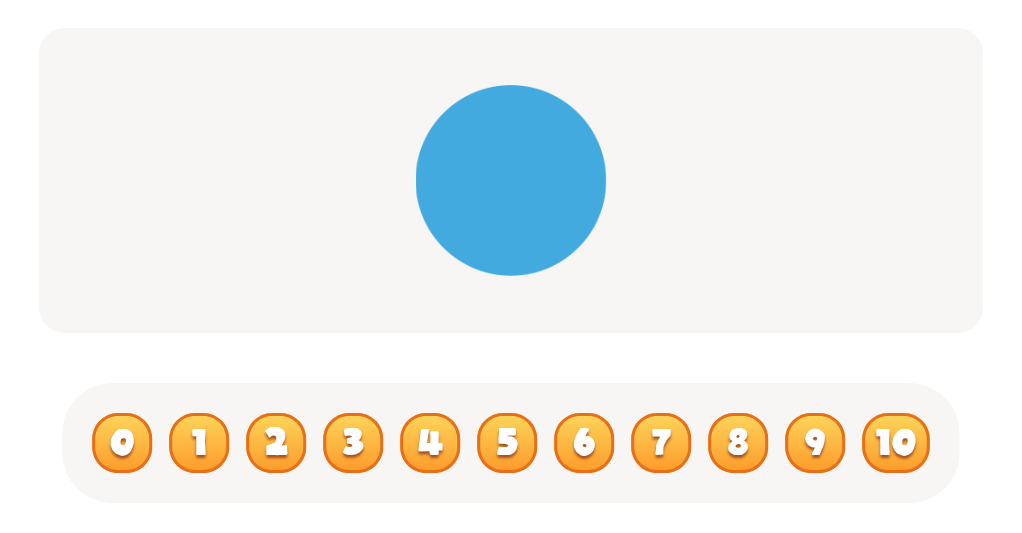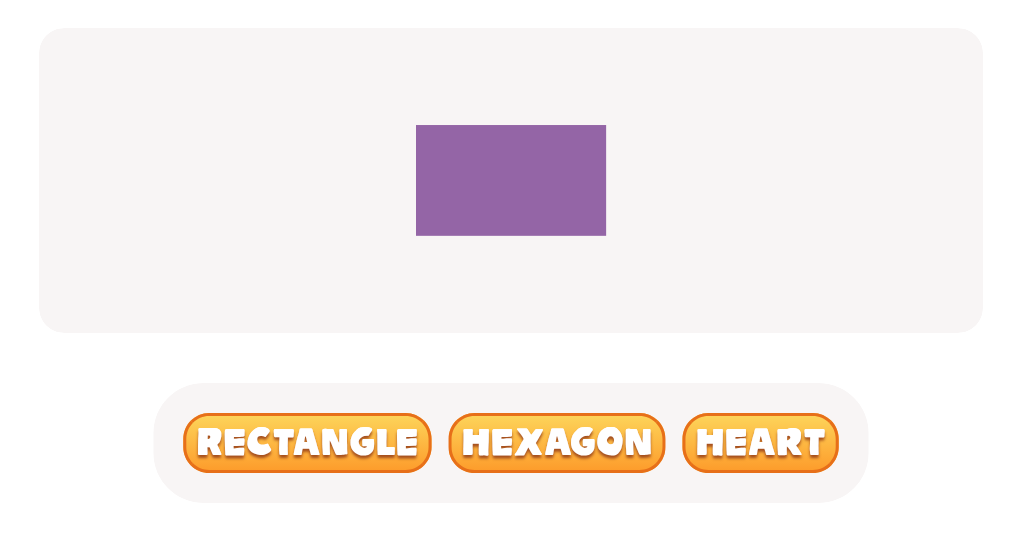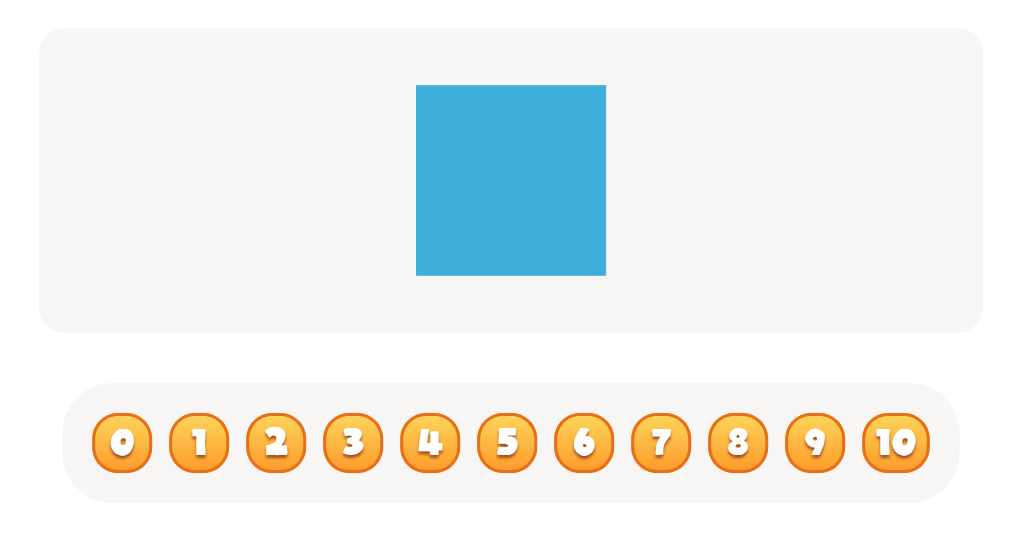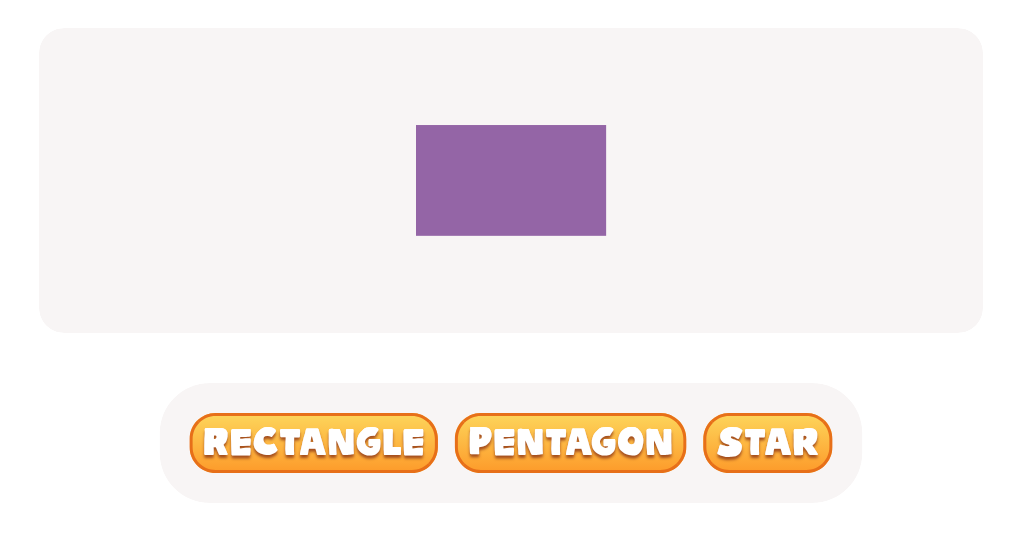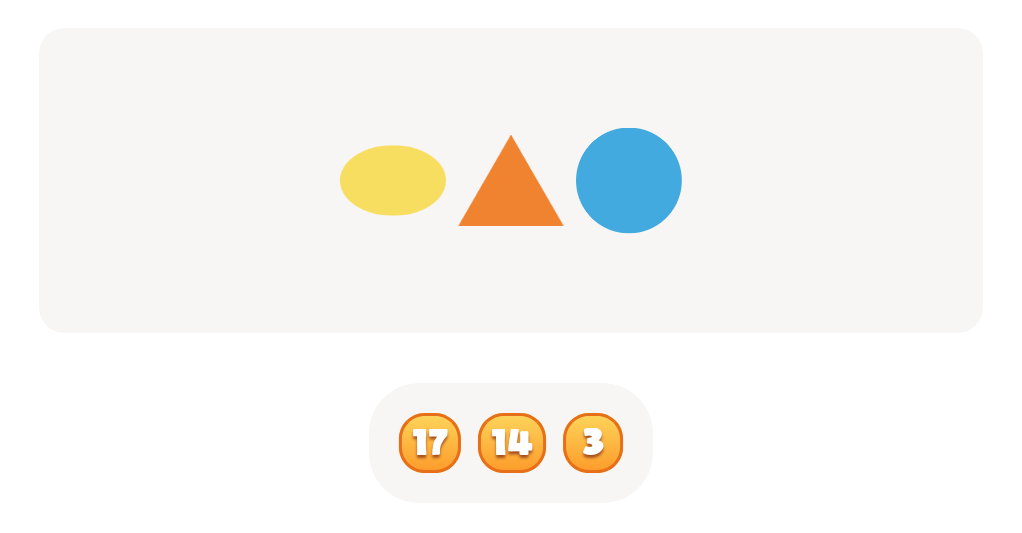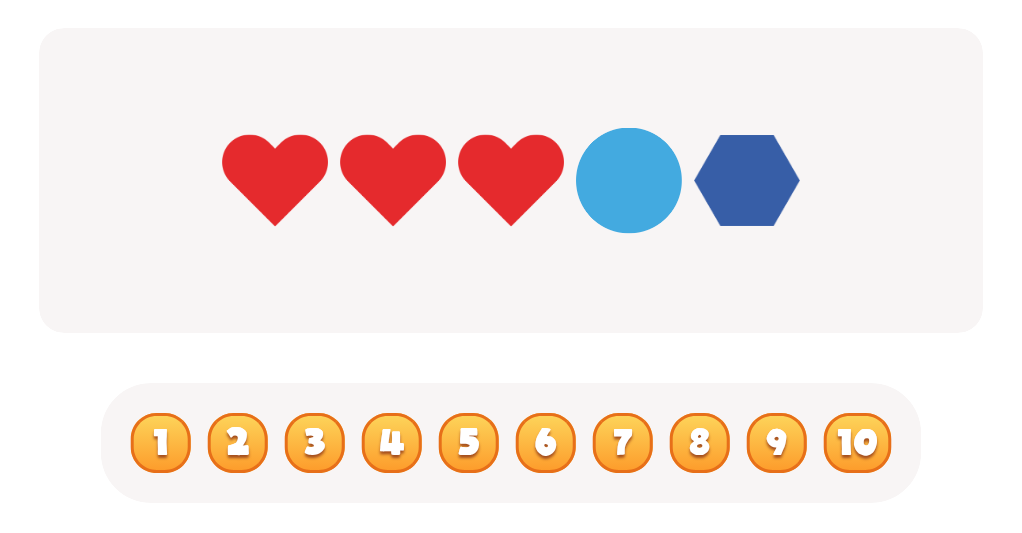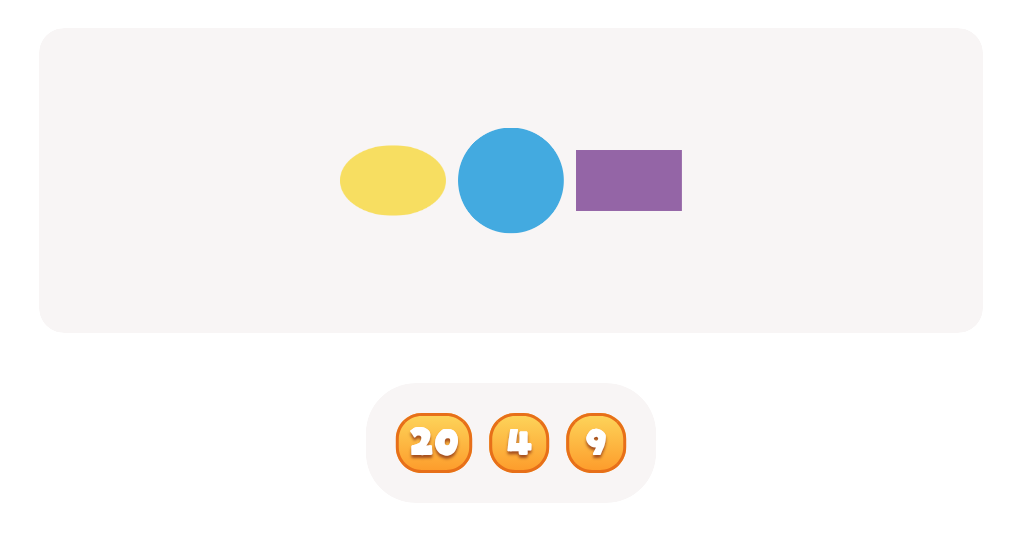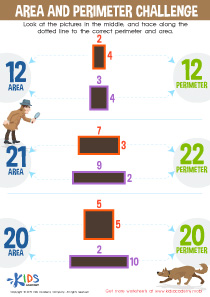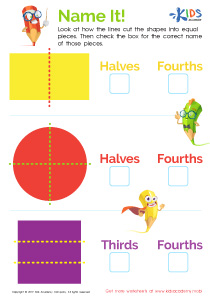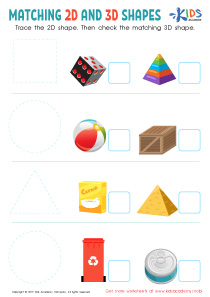Matching skills 2D Shapes Worksheets for Ages 3-8
5 filtered results
-
From - To
Discover engaging "Matching Skills 2D Shapes Worksheets for Ages 3-8" that make learning fun and interactive! Designed to enhance shape recognition, these worksheets help young learners match various 2D shapes while improving their fine motor and cognitive skills. Perfect for preschool and early elementary, each worksheet is crafted to foster a love for learning through playful activities and colorful illustrations. With our expertly designed tasks, children will build foundational math skills and confidence. Explore our collection today to nurture your child's educational journey and watch them thrive!
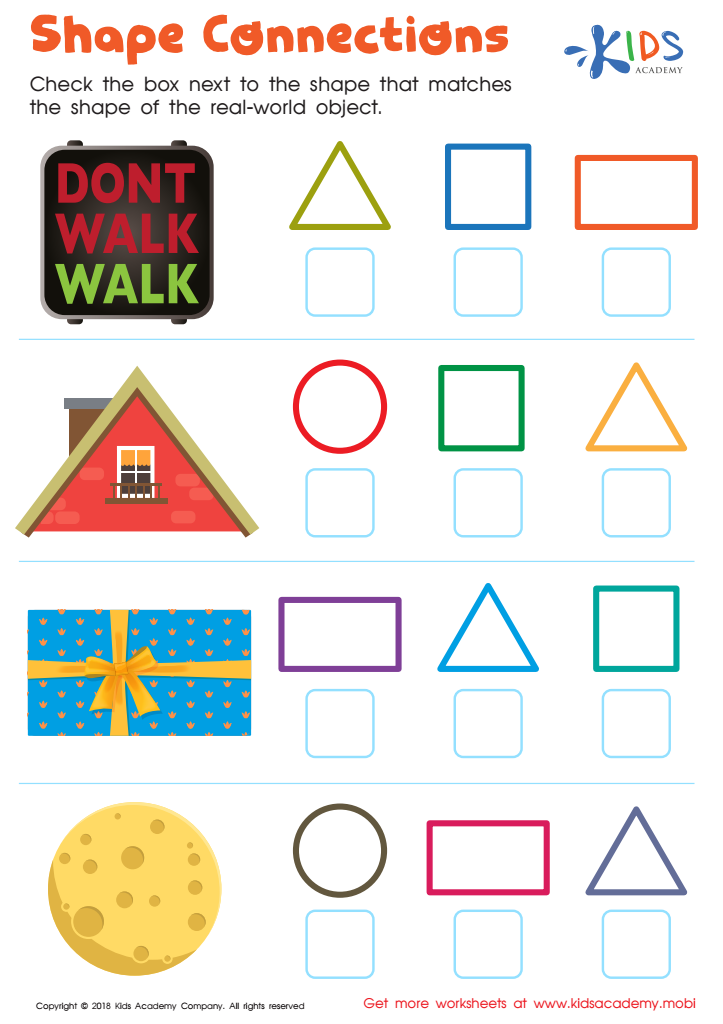

Shape Connections Worksheet
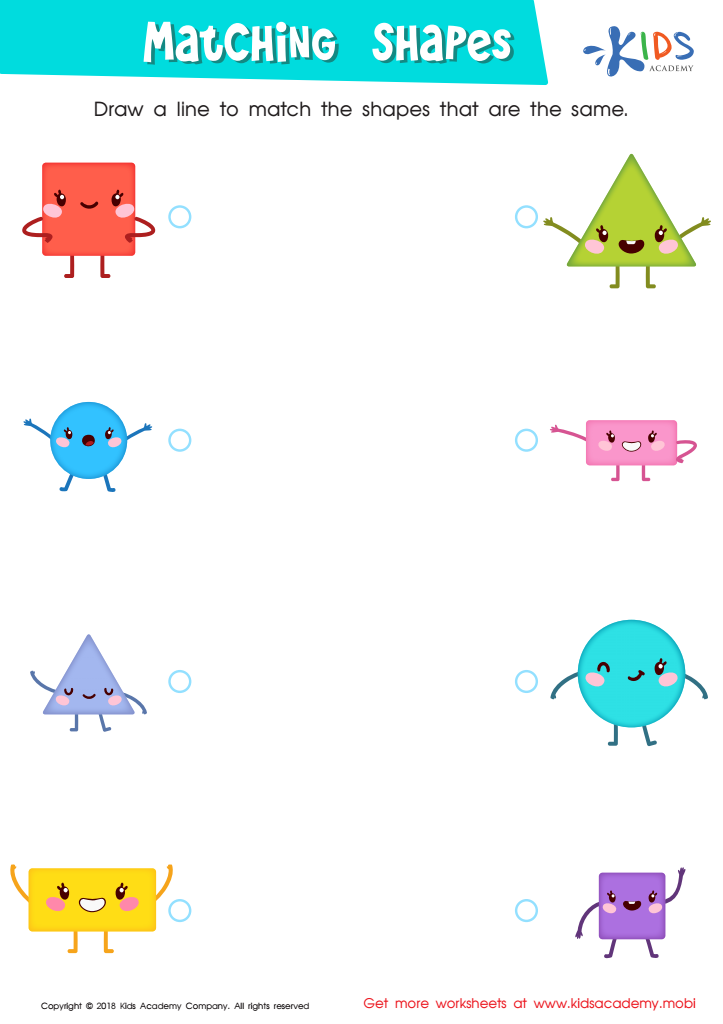

Matching Shapes Worksheet
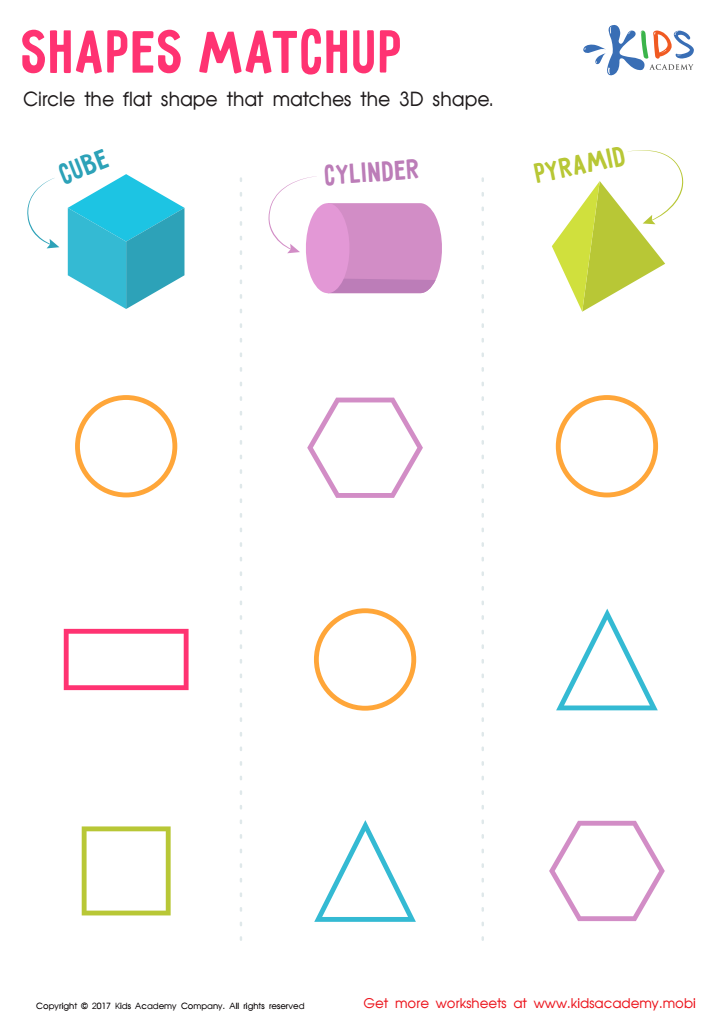

Shapes Matchup Worksheet


Shapes Worksheet
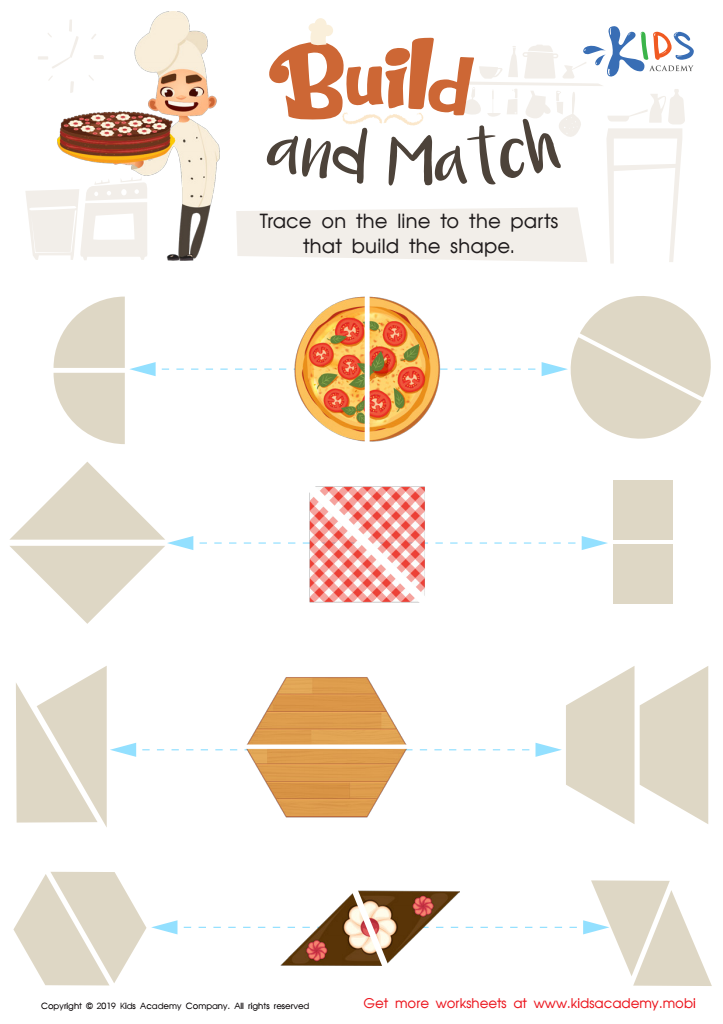

Build and Match Worksheet
Understanding and recognizing 2D shapes is a foundational skill that is vital for young children’s cognitive and academic development. Engaging children aged 3-8 in activities that involve matching 2D shapes helps to sharpen their pre-mathematical abilities. This foundational knowledge is not only necessary for higher-level geometry and math but also for developing problem-solving skills and critical thinking.
When children learn to identify and match circles, squares, triangles, and other shapes, they enhance their spatial awareness. This means they become better at understanding how objects fit and move in space, which is important for everyday tasks such as packing a bag or setting a table. Additionally, distinguishing between various shapes enhances children’s visual perception and fine motor skills, such as drawing and writing.
In a broader sense, shape recognition supports literacy development. Many letters of the alphabet, like 'O' for circle or 'A' for triangle, are constructed from basic shapes. Using 2D shapes as building blocks can make learning to read and write more manageable.
By incorporating 2D shape match activities into their daily routines, parents and teachers set a strong developmental pathway. This fosters a child’s curiosity, ensures active engagement, and promotes a love for learning in both creative and academic contexts.
 Assign to My Students
Assign to My Students
